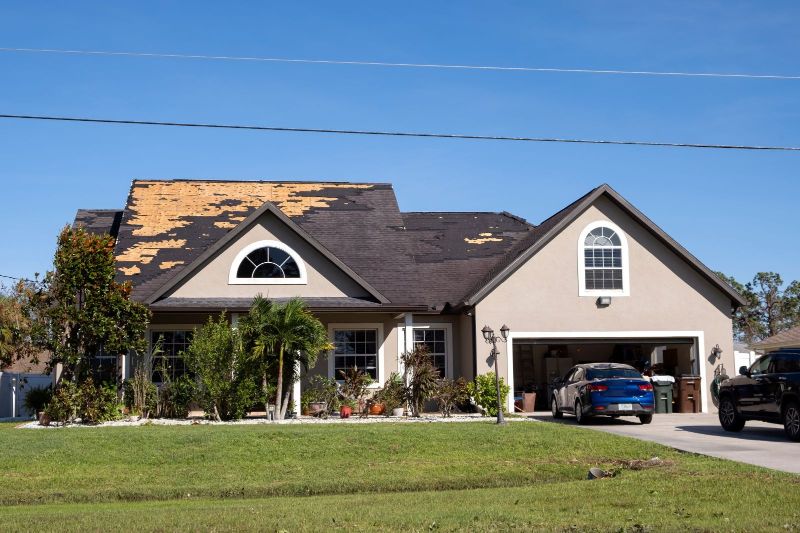Natural disasters, particularly storms and hurricanes, can wreak havoc on homes and communities, leaving behind a trail of destruction. When the storm subsides, the process of recovery begins. Wind and storm damage restoration is a critical undertaking that requires careful planning, skilled professionals, and a commitment to restoring normalcy. In this article, we will explore the essentials of wind and storm damage restoration, outlining key steps to help homeowners and communities navigate the challenging aftermath of a storm.
- Safety First: Assessing the Damage:
The first and foremost priority after a storm is ensuring the safety of everyone involved. Conduct a thorough assessment of the damage to identify potential hazards such as downed power lines, unstable structures, or compromised utilities. It is crucial to wait for official clearance before re-entering a damaged property to avoid unnecessary risks. - Documenting the Damage:
Before any restoration work begins, document the extent of the damage for insurance purposes. Take photographs and videos of every affected area, including structural damage, water infiltration, and personal property losses. This documentation will serve as crucial evidence when filing insurance claims, streamlining the reimbursement process. - Securing the Property:
To prevent further damage and ensure the safety of the restoration crew, it is essential to secure the property. This may involve boarding up windows, tarping roofs, and addressing any immediate structural issues. Quick action in this regard can prevent additional problems like water damage from rain or looting in the aftermath of a storm. - Water Damage Mitigation:
Water damage is a common aftermath of storms, and prompt mitigation is crucial to prevent mold growth and further structural issues. Restoration professionals use specialized equipment to extract standing water, dehumidify affected areas, and thoroughly dry the property. This step is vital to salvaging possessions and preventing long-term damage. - Structural Repairs:
Assessing and repairing structural damage is a complex task that requires the expertise of licensed professionals. From roof repairs to foundation assessments, addressing structural issues promptly is essential to ensure the safety and stability of the property. Collaborating with experienced contractors is crucial to achieving lasting results. - Electrical and Mechanical Systems Inspection:
Storms can damage electrical and mechanical systems, posing significant risks if not addressed promptly. A thorough inspection by qualified technicians is necessary to identify and repair any issues with the electrical wiring, HVAC systems, and other mechanical components. This step is crucial for restoring normalcy and preventing future problems. - Restoration of Personal Property:
Salvaging and restoring personal property is a delicate yet essential aspect of the recovery process. Restoration professionals employ specialized techniques to clean, deodorize, and restore items affected by water, smoke, or other storm-related damage. This can include furniture, documents, and sentimental belongings. - Working with Insurance Companies:
Navigating the insurance claims process can be challenging, but it is a critical step in the restoration journey. Keep detailed records of all communication with the insurance company, provide them with the necessary documentation, and work closely with adjusters to ensure a fair and timely settlement.
Wind and storm damage restoration is a complex process that requires a coordinated effort from various professionals. From ensuring safety to documenting damage, addressing water damage, and restoring personal property, each step plays a crucial role in the overall recovery. By understanding and prioritizing these essentials, homeowners and communities can embark on a path towards rebuilding and restoring normalcy after the storm. Remember, seeking professional assistance is key to a successful restoration process, and collaboration with experienced experts will contribute to a more efficient and effective recovery.

